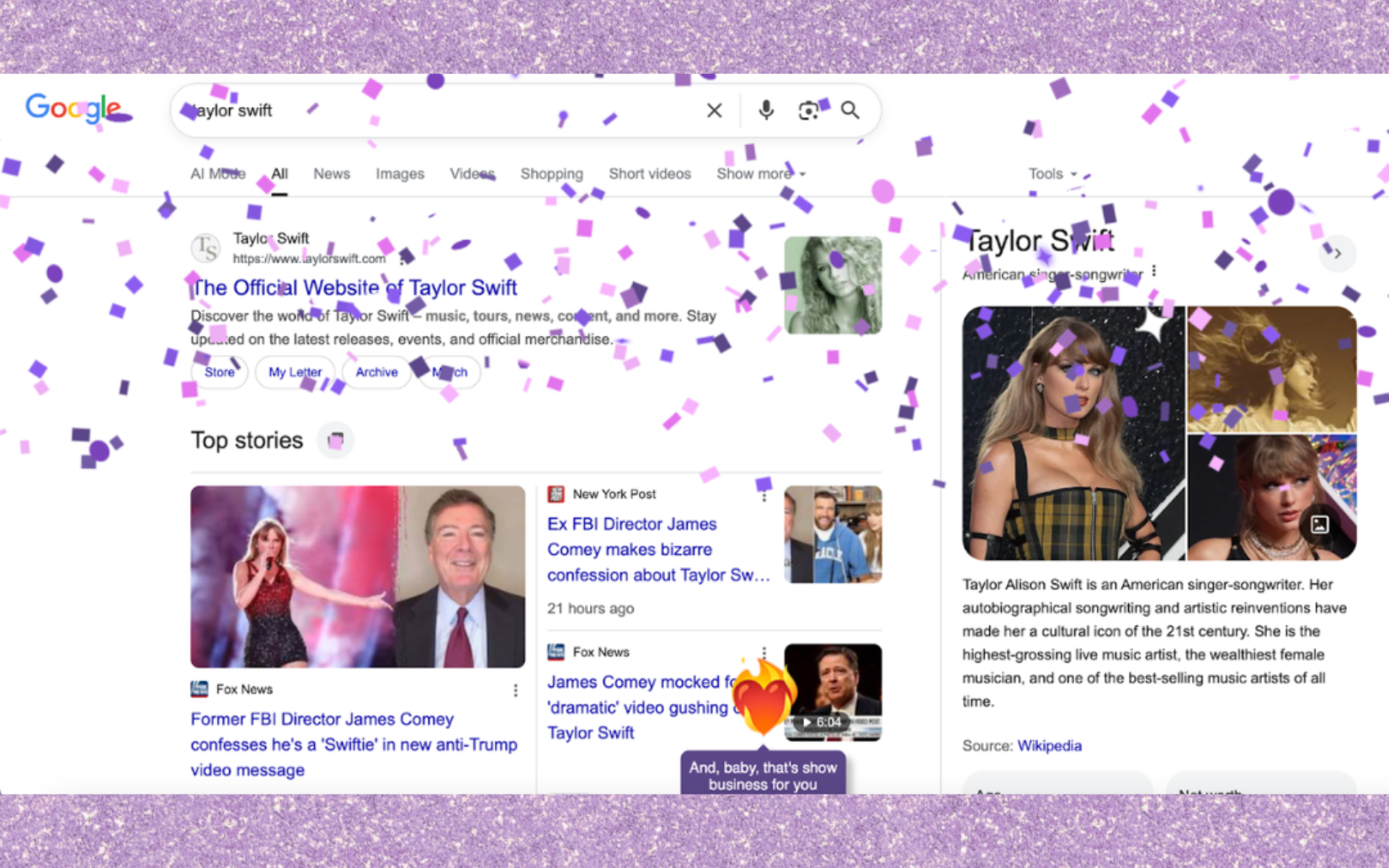How to Optimize Your Business for Voice Search
In the age of technology, consumers are always looking for shortcuts and time-savers. Voice assistants and voice-activated devices are the new biggest trend, allowing us to ask Google anything we’d like without even having to leave the couch. But what does this mean for businesses?
Businesses need to change the way they view SEO in order to remain relevant to their consumers. When consumers ask their phone or home voice assistant a question, the device responds with the top one or two results. If your website or ad is not in those results, you’re ultimately missing out on a potential customer. Making sure that your business stays on the top of the search list and the top of consumers’ minds is now more important than ever.
Here are a few tips on how to stay on top:
- Buy Longer Terms- When people use their voice assistants, their search terms tend to be longer and are typically posed as questions. Instead of searching for “food near me” they ask, “Where is there a quick place to eat?”, which makes it more difficult for businesses to pinpoint exactly what consumers are looking for. Make a list of all of the phrases and questions you think would be relevant to your business and choose the angle you want to take. Focus on a few key aspects of your business and incorporate that into your SEO strategy.
- Make It Easy- People are typically using the voice option when they are either not near a device or are unable to use one. They could be in their car or on their couch desperately wanting to know some bit of information. Ideally, they shouldn't have to leave their seat to know more. Many businesses are building interactive options directly into their web-based platform so consumers can interact with them vocally to find out exactly what they need. For example, Nestlé has a built-in function that now allows app users to prompt the application for a recipe to be read out loud. The user gets exactly what they want without having to even touch their device.
- Spell Check- When users are reading through your page, they may not notice small grammatical errors. However, it is much more noticeable with the content is being read aloud. Triple check all your content before posting it to your website or advertisements, since it will appear unprofessional if there are any typos and mistakes.
- Include FAQs- Consumers view their voice assistants as a new mode of conversation. Targeting your strategy just towards consumers asking questions may be difficult through keywords, so create a FAQ page for users to find when they ask certain questions. This way, you can answer their questions directly, rather than having them search through multiple pages for the answers they want.
Think of it this way; this is a great opportunity for your business to clean up your website and brand to further convey a clear message to tech-savvy consumers.
Need help defining your brand or developing a digital strategy? Contact us today!
Never miss an update from “The Shoppe,” sign up for our email list today!
Subscribe
Sign up with your email address to receive news and updates.
Subscribe
We respect your privacy.
















